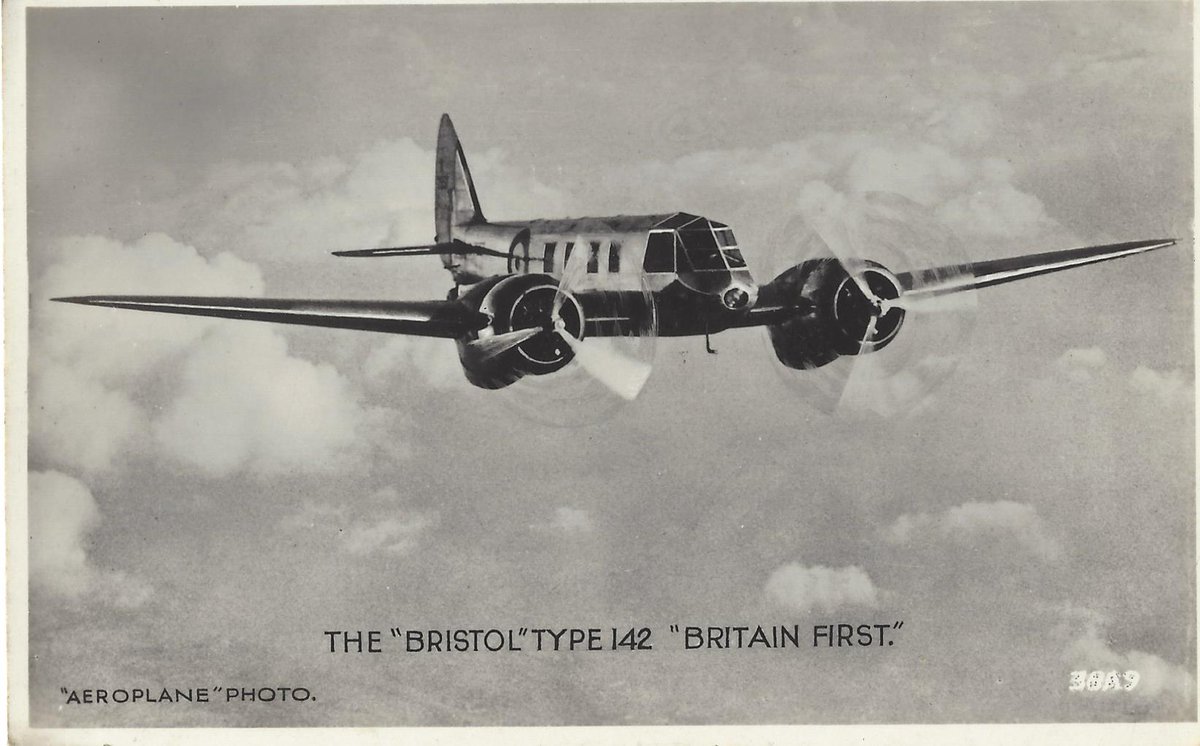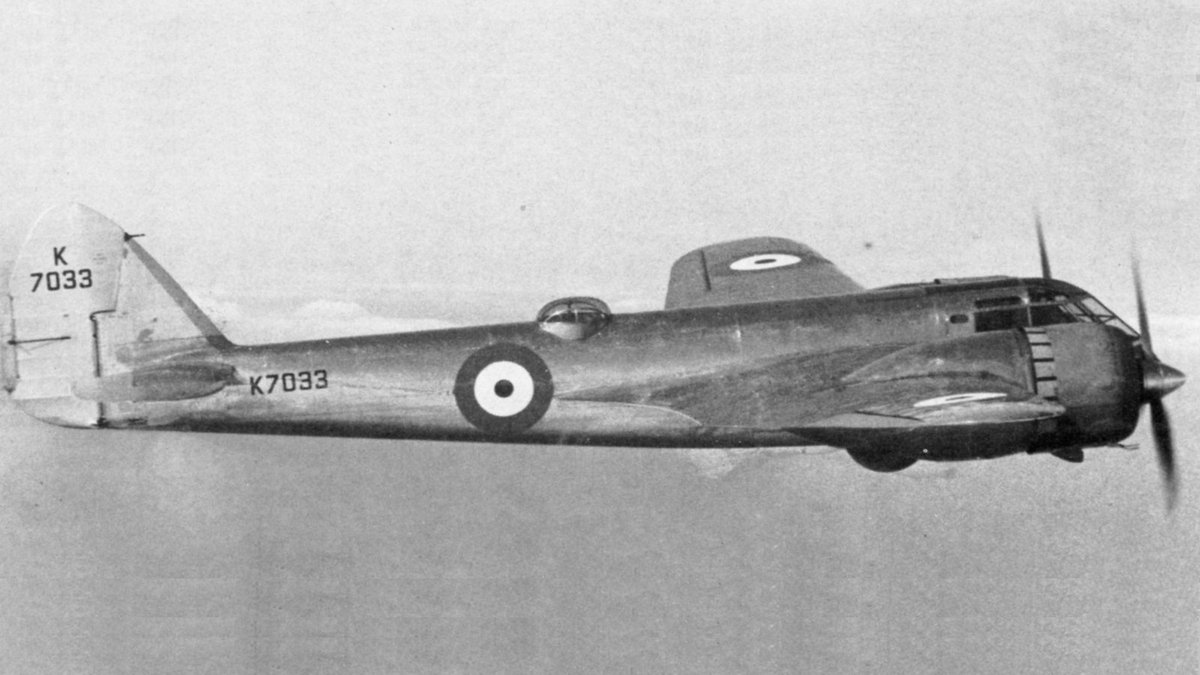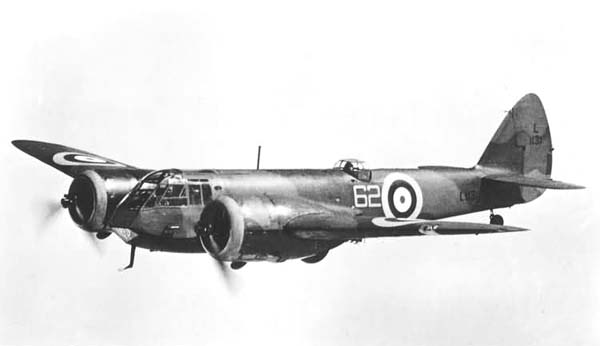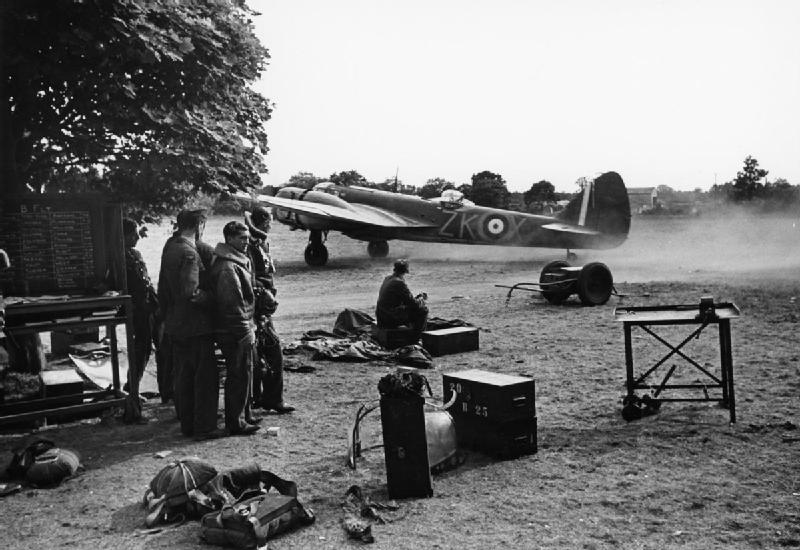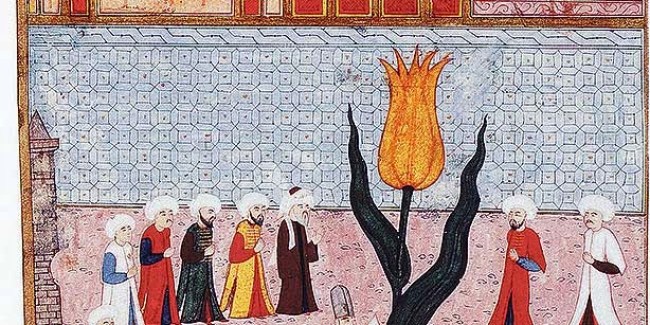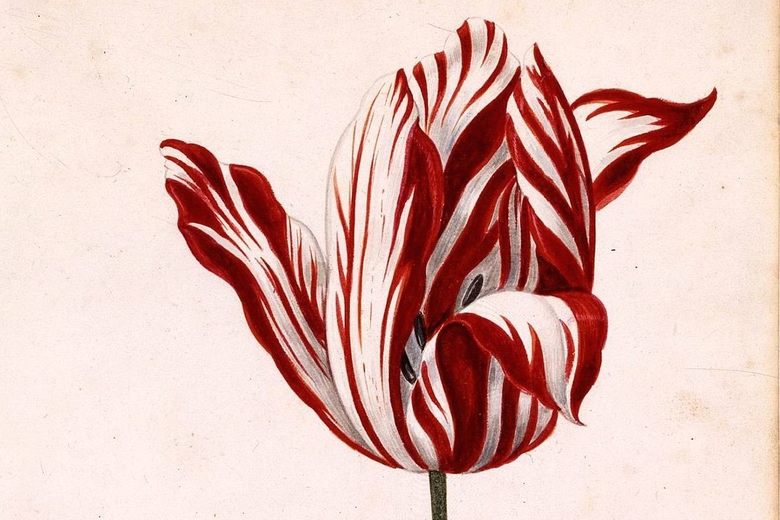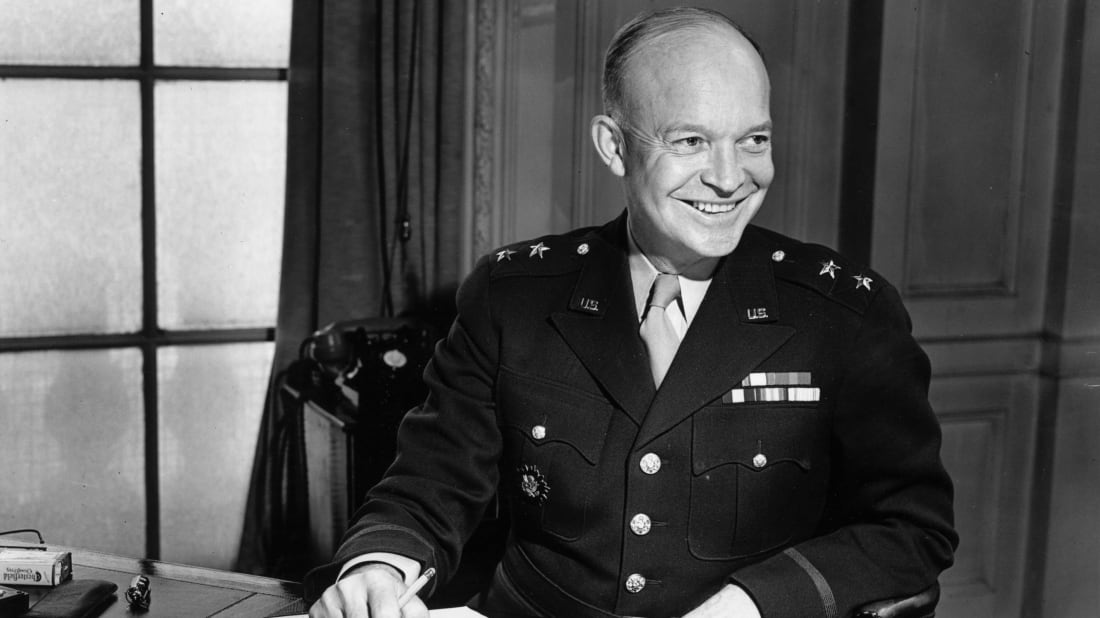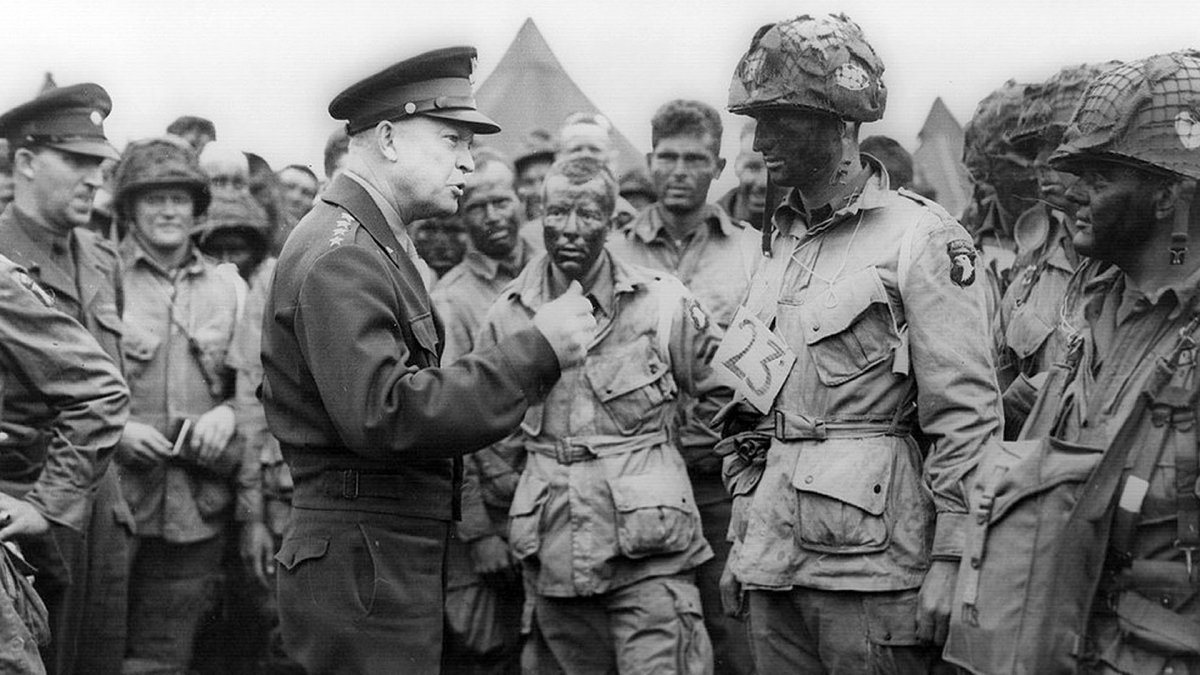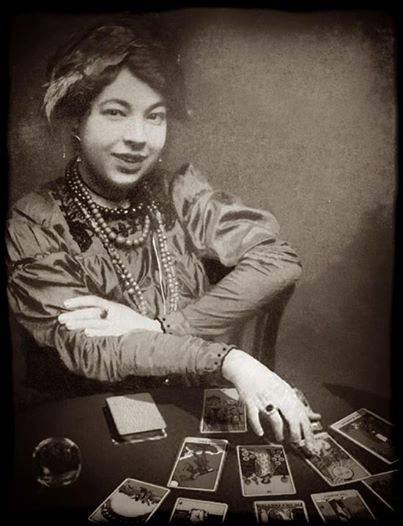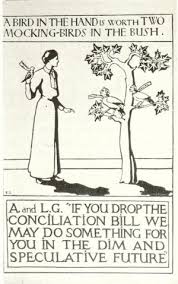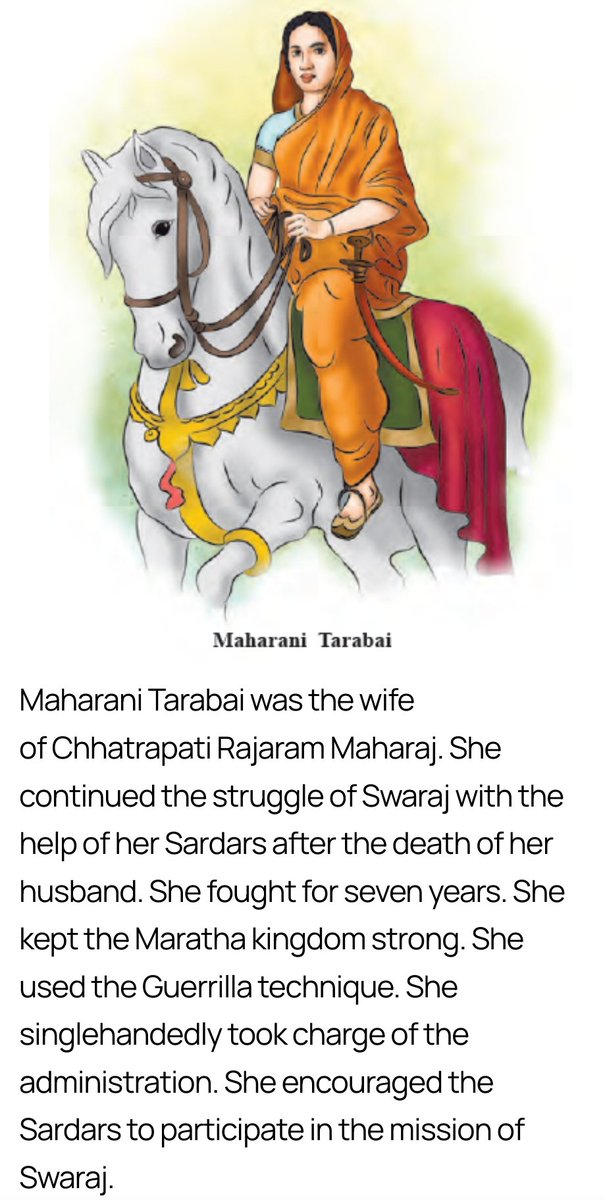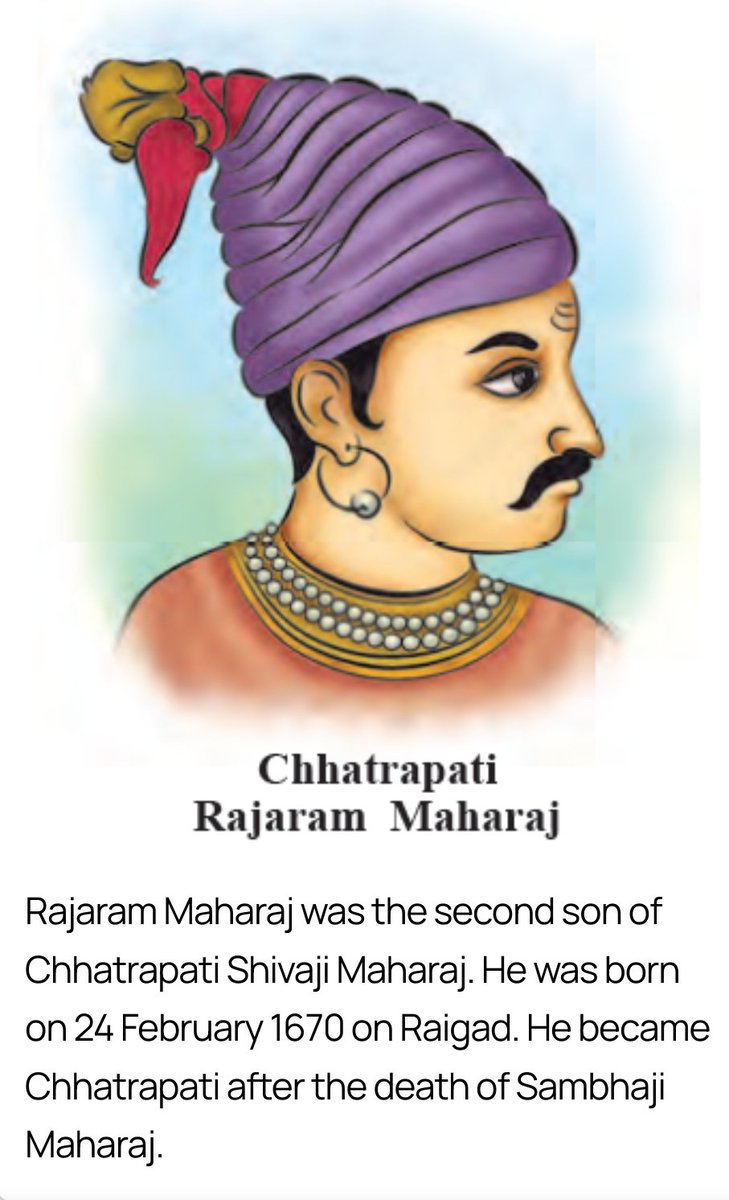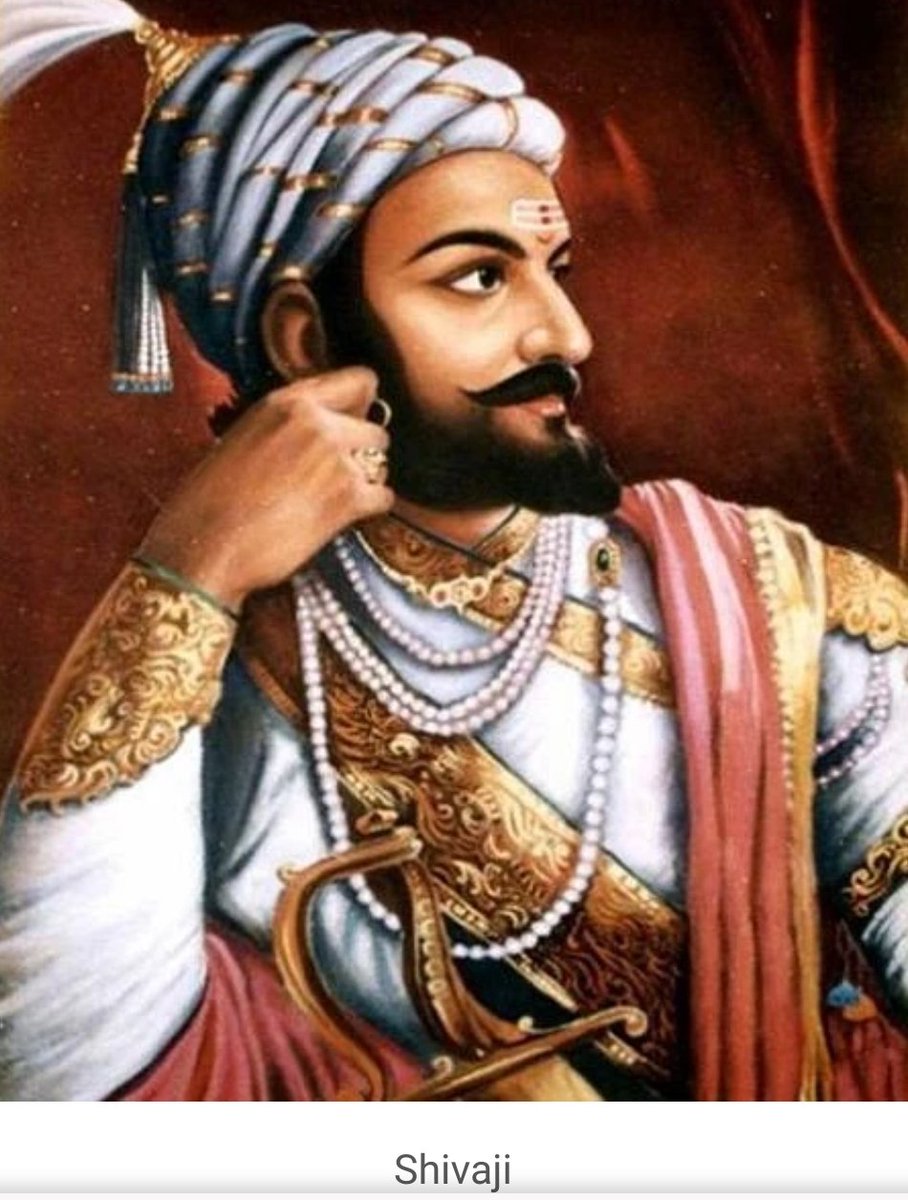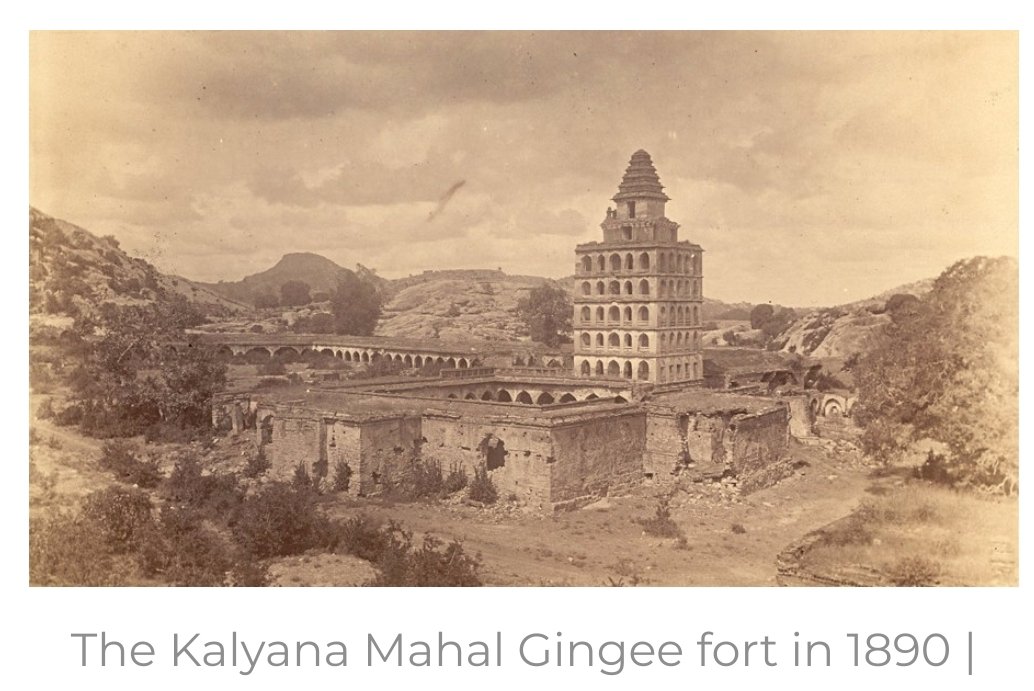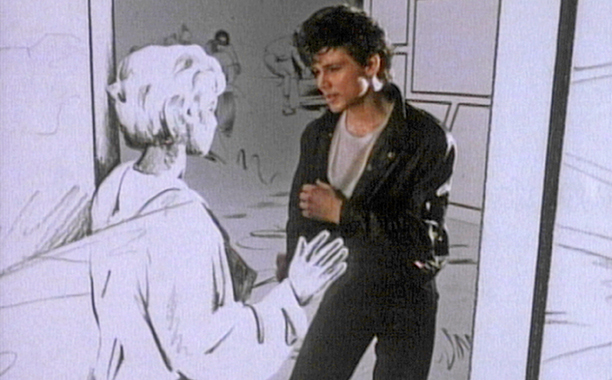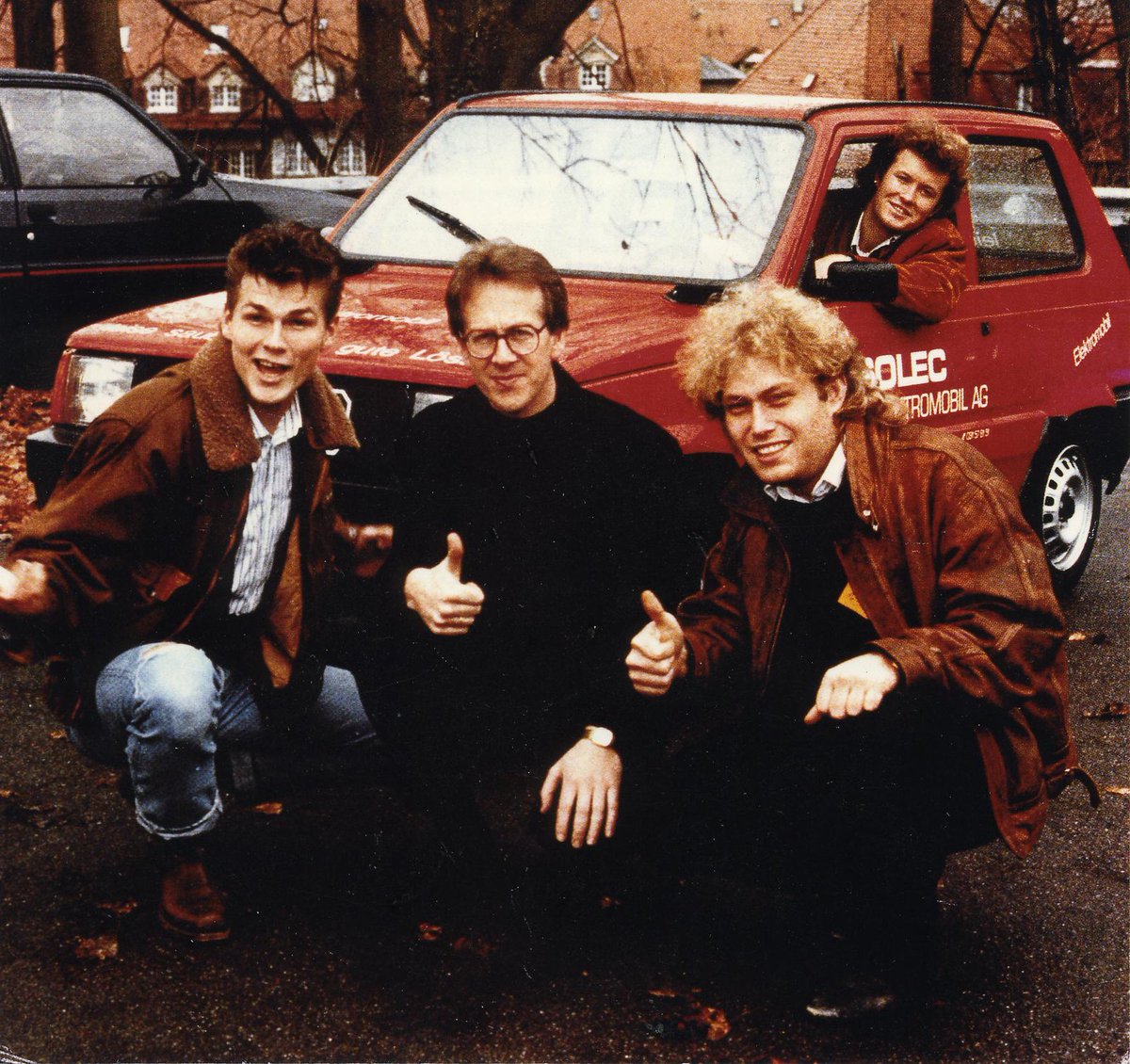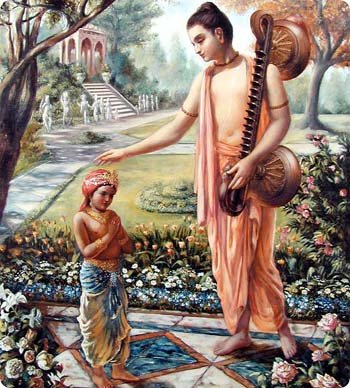With all this talk about Khalistan, one thing again is being buried in the narrative.
This is how a peaceful, law abiding state was made into a hellhole and the genie of Khalistan unleashed purely by Indira Gandhi and her minion Sanjay Gandhi.
Thread on how she did this
Things came to a head in 1977 when the AD+JP alliance swept into power and ordered investigations into corruption by
Sanjay Gandhi and Giani (mostly Giani) decided they needed a hardline front to combat AD and split the anti Congress votes and hence Bhindranwale was born.
Giani then decided to create a political structure around the religious leader (then mostly unknown) that was JSB,





